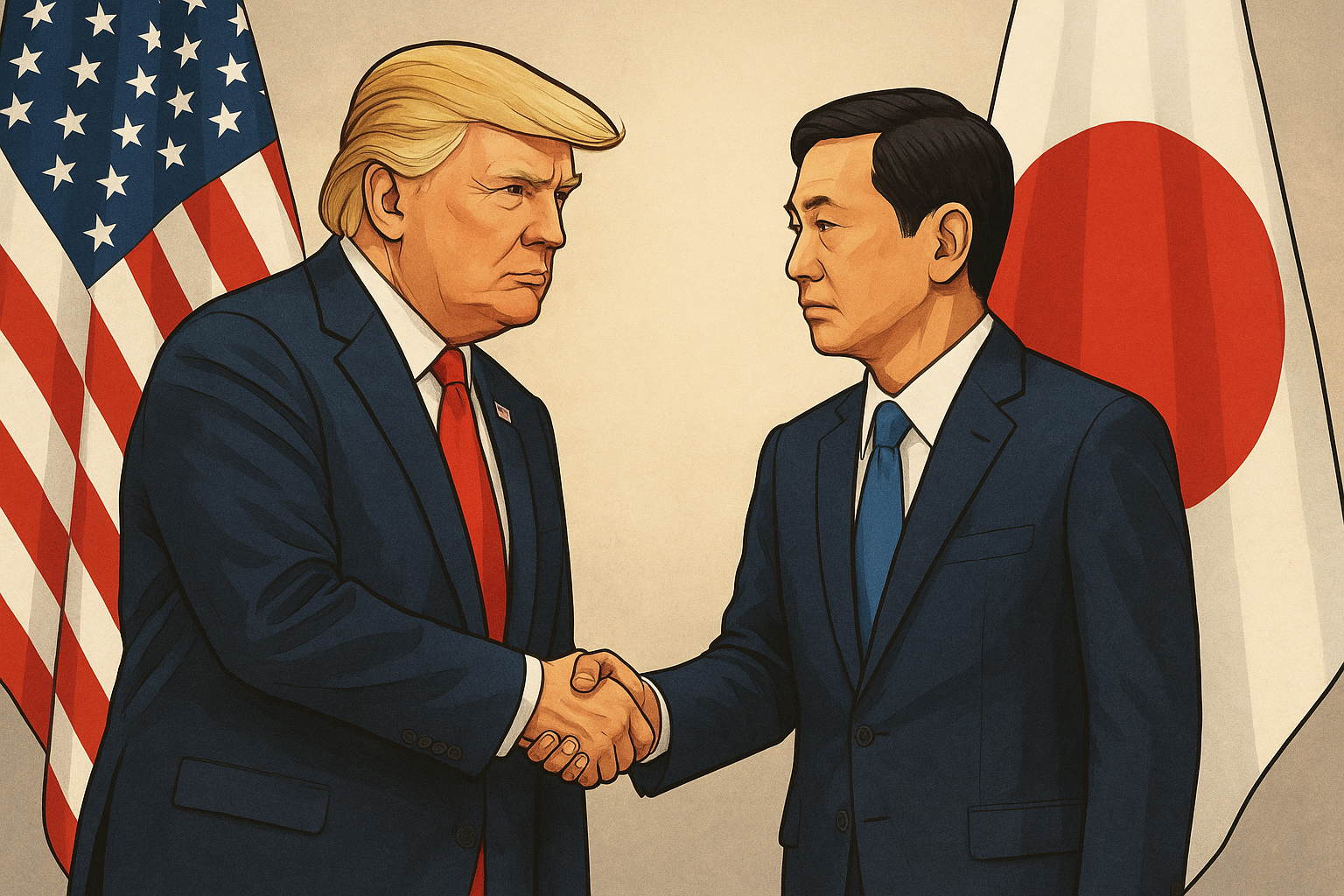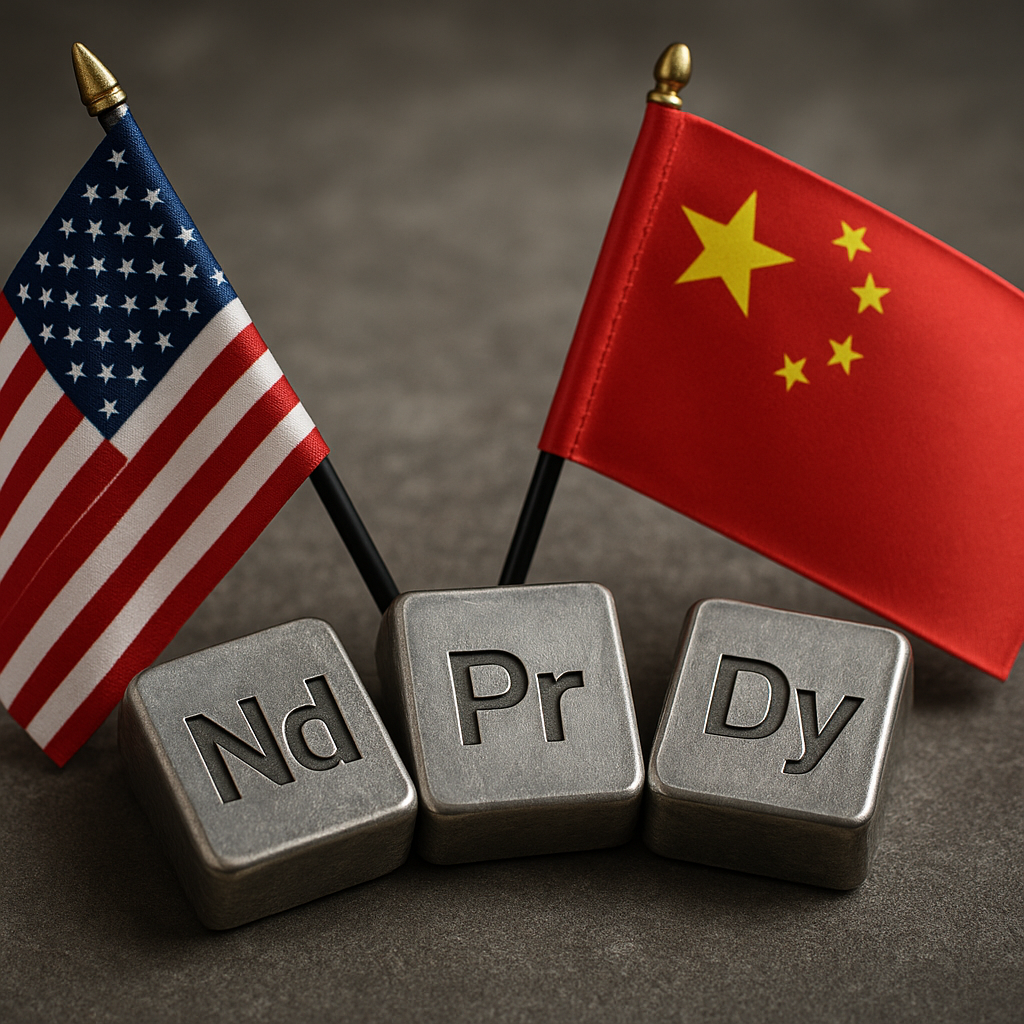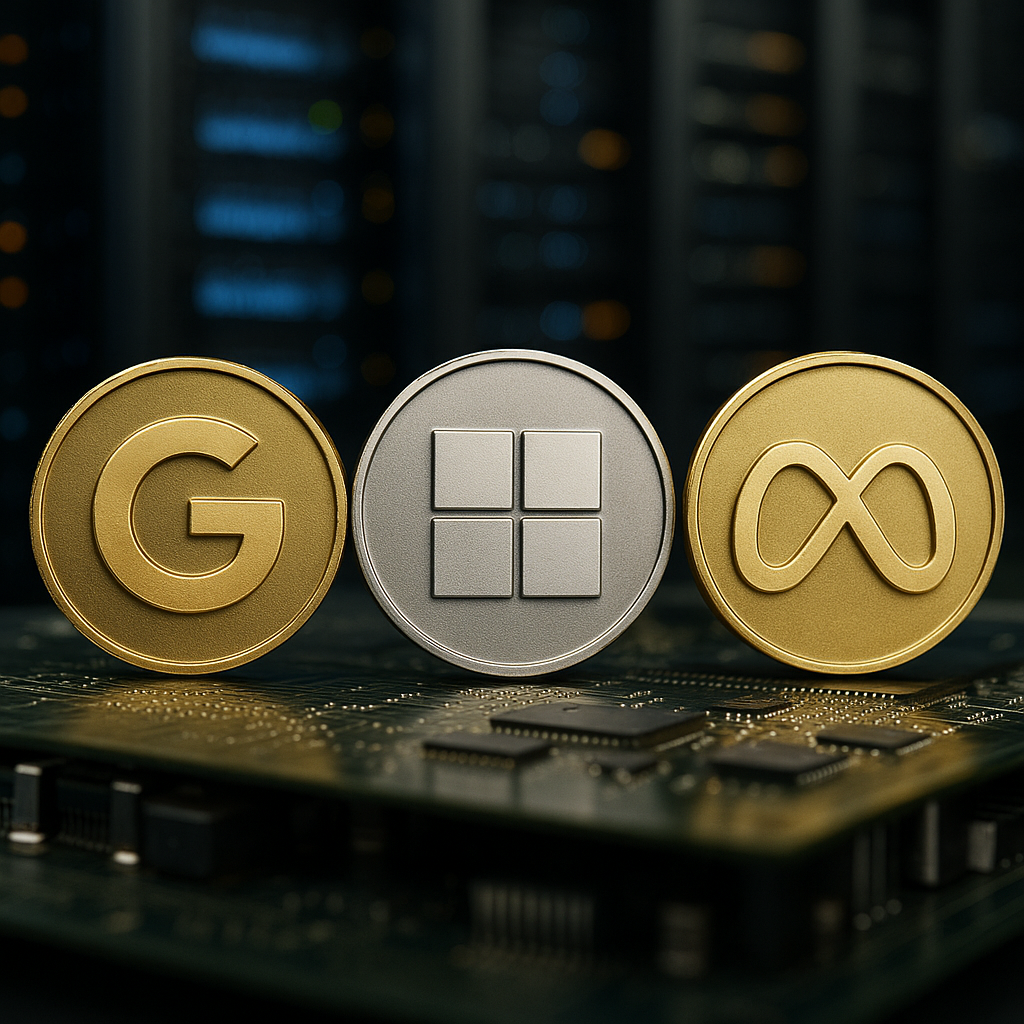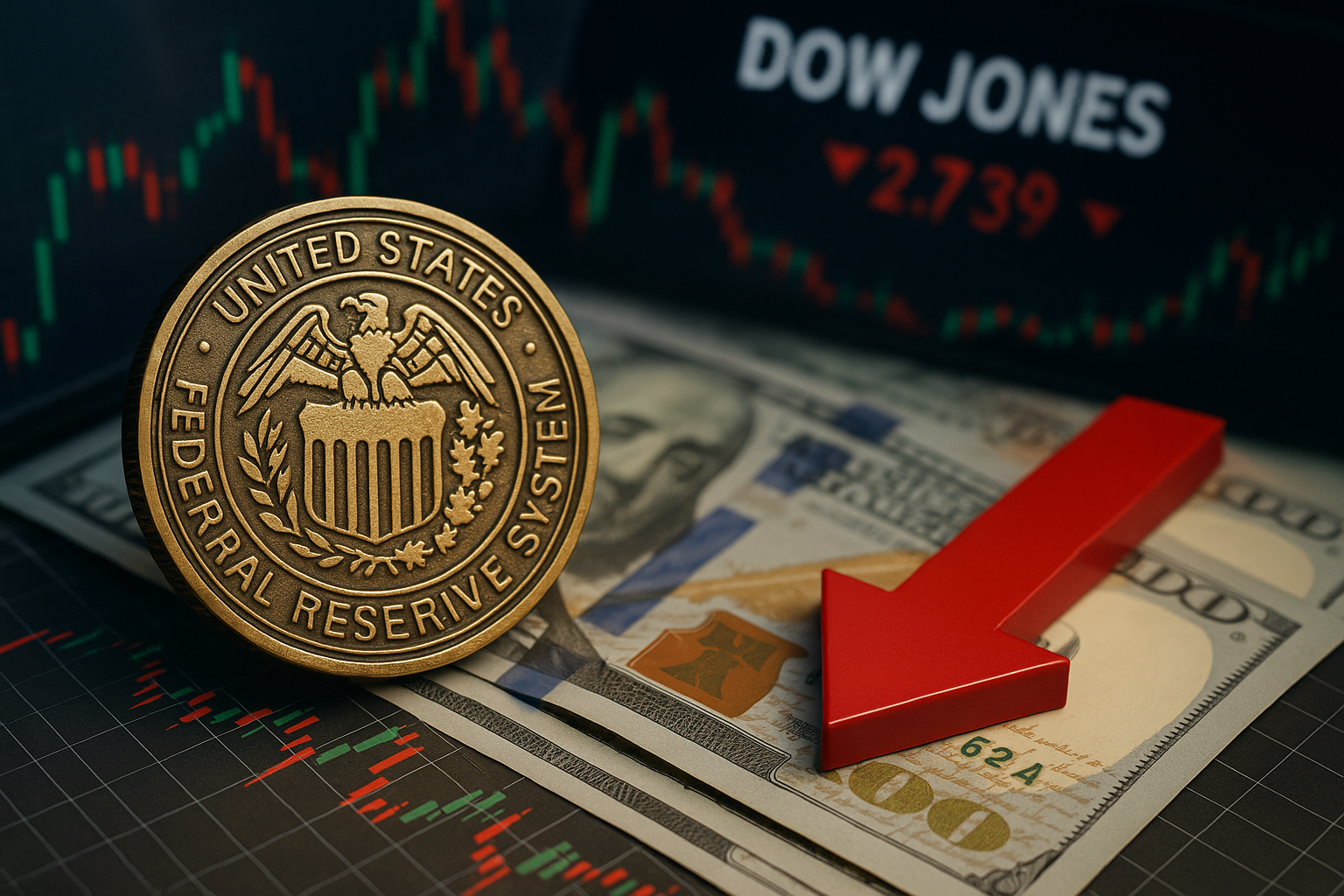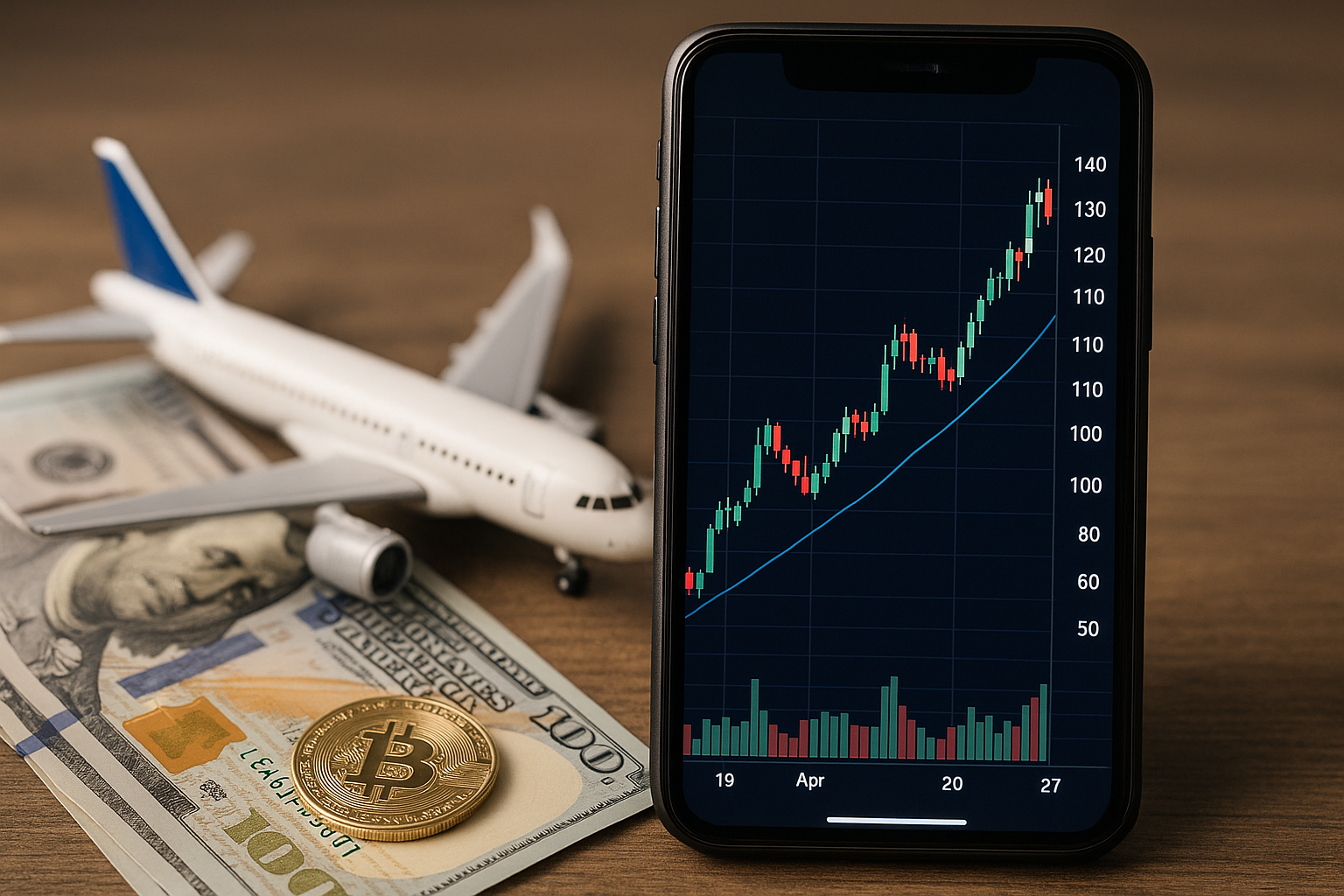As global markets teetered on uncertainty over escalating trade tensions, a breakthrough deal between the United States and Japan has reignited investor optimism. On July 23, President Trump announced a major trade pact with Tokyo that reduces threatened auto tariffs and secures a $550 billion investment and loan commitment—sending a bullish signal to equity markets and traders worldwide.
This development not only eases the immediate threat of a tariff spike but also opens the door to wider negotiations with other U.S. trading partners. In a market environment still sensitive to geopolitical moves, this agreement is emerging as a critical turning point for investors recalibrating exposure to trade-sensitive sectors like automotive, industrials, and commodities.
Trade Tensions Take a Turn: What Investors Need to Know
For weeks, investor sentiment had been increasingly jittery amid Trump’s threats to raise tariffs on imported vehicles to 25%, a move that could have severely impacted global supply chains. The revised agreement with Japan lowers those auto tariffs to 15%, eliminating the near-term threat to key U.S. and Japanese automakers such as Ford, Toyota, and Honda.
Even more notable is the scale of Japan’s commitment—$550 billion in new investments and loans into U.S. infrastructure, manufacturing, and technology over the next five years. According to Reuters, this includes contributions from government-backed lenders like JBIC and private conglomerates like Mitsubishi and SoftBank.
Markets responded swiftly. The Dow Jones Industrial Average climbed 0.6% in intraday trading following the announcement, while the Nikkei 225 surged 1.1% amid investor relief. Gold prices, often seen as a hedge against uncertainty, dipped 0.1%, reflecting a modest pullback in risk aversion.
Why This Matters for Investors
The US–Japan trade deal marks a rare de-escalation in a geopolitical climate where protectionist rhetoric has often ruled headlines. With global trade volumes contracting in recent quarters, this agreement sends a strong message that diplomatic avenues remain open—and that the U.S. may pursue deal-making over confrontation.
In particular, the automotive sector stands to benefit. Japanese automakers that rely on U.S. demand, including Toyota ($TM) and Honda ($HMC), face reduced uncertainty around tariffs. U.S. manufacturers like Ford ($F) and General Motors ($GM) may also gain if the deal smooths regulatory hurdles for exports to Japan.
Industrial stocks are also worth watching. With Japanese capital inflows earmarked for U.S. infrastructure and manufacturing, sectors tied to construction, engineering, and logistics—think Caterpillar ($CAT) and Jacobs Solutions ($J)—may see upward momentum.
Additionally, analysts are closely watching how the deal might set a precedent. Talks are reportedly underway with South Korea and the European Union, and investors are betting on a domino effect of trade resolutions that could lift global equities further.
Future Trends to Watch
1. Tariff Timeline Extension:
The current pause on auto tariffs is set to expire on August 1. Treasury Secretary Bessent has hinted at extending this deadline, especially if progress continues with the EU and South Korea. A formal extension could trigger another wave of investor confidence.
2. Currency Implications:
The U.S. dollar has strengthened slightly against the yen, signaling renewed capital flows into U.S. equities. Investors holding FX-sensitive positions should monitor policy responses from the Bank of Japan, which could intervene if yen weakness persists.
3. Political Risk Premium:
While this deal marks a win for Trump’s diplomatic strategy, markets remain wary of sudden shifts. The broader geopolitical landscape—especially with upcoming elections and rising tensions with China—could still inject volatility into global equities.
Key Investment Insight
This trade breakthrough reinforces the opportunity in cyclical sectors. Investors may consider increasing exposure to automotive, industrials, infrastructure, and select Japanese equities, particularly those with U.S.-centric operations. Short-term gains could follow continued de-escalation, especially if the EU and South Korea follow suit with similar deals.
Risk-wise, investors should remain nimble—this is a political rally, not a policy revolution. Monitor trade headlines closely, especially any August 1 announcements regarding tariff extensions or escalations.
Markets move fast—and when geopolitics hit the headlines, every second counts. Stay ahead of the curve with MoneyNews.Today for timely investor insights that cut through the noise and deliver what really matters.
